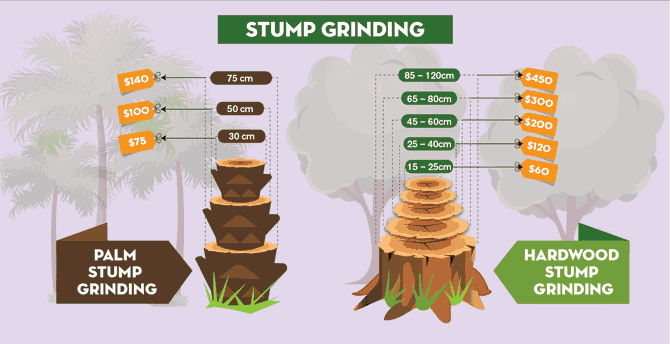Learn Exactly How To Cultivate A Robust Setting Post-Tree Elimination
Learn Exactly How To Cultivate A Robust Setting Post-Tree Elimination
Blog Article
Team Writer-
When it involves seasonal tree care, guaranteeing correct management before and after removal can considerably impact the health and wellness and visual appeals of your landscape. By recognizing the required actions involved in examining tree health and getting ready for elimination, you can proactively secure your residential or commercial property. However what regarding the vital practices to comply with when the tree is gone? Remain tuned to find the crucial post-removal care steps that will assist you cultivate a thriving and lasting atmosphere for your trees.
Pre-Removal Tree Care
Before attending to the removal of a tree, it's important to prioritize pre-removal tree care. Begin by examining the tree's health and wellness and structural stability. Look for signs of disease, parasite invasions, or any type of structural problems that may posture a security risk during removal. It's important to speak with a licensed arborist to figure out the very best strategy.
Pruning dead or unhealthy branches can stop further damages to the tree and ensure a smoother removal process.
Furthermore, consider the environmental effect of getting rid of the tree. Trees play an essential function in our ecological community, so growing a new tree in an ideal area can aid offset any type of loss. Make certain that you have the needed licenses and permissions for tree removal, especially if the tree is shielded by regional regulations.
Seasonal Maintenance Tips
Assessing your tree's needs throughout the year is vital for its wellness and long life. To keep your trees in leading problem, comply with these seasonal upkeep ideas.
In springtime, focus on trimming to remove dead or broken branches and encourage new development.
Summer season requires routine watering, especially throughout droughts, to guarantee your tree stays hydrated.
As loss approaches, watch out for early indications of condition or tension, and think about applying mulch to safeguard the roots during winter.
In winter months, beware when getting rid of snow from branches to avoid damage, and continue to check your tree's total health.
Keep in mind to adjust your treatment routine based upon the particular requirements of your tree types and local climate. By remaining attentive and proactive throughout the seasons, you can aid your trees grow and prosper for many years to come.
Post-Removal Tree Treatment
To ensure the health and wellness of your landscape even after tree removal, proper post-removal care is important. After a tree is eliminated, it's important to fill up the remaining opening with topsoil and portable it to stop settling. This will assist maintain the integrity of the ground and prevent potential dangers in the future.
Think about planting visit our website -new greenery instead of the removed tree to recover the equilibrium and looks of your landscape. On a regular basis water the location to promote the growth of brand-new plants and avoid dirt erosion.
Check the surrounding trees for any kind of signs of illness or stress and anxiety that might have been caused by the eliminated tree. Watch out for visit the next site that may've been drawn in to the previous tree and take preventive measures to secure the continuing to be plants.
If necessary, speak with a professional arborist to assess the effect of the elimination on the surrounding trees and establish any type of extra treatment required. By following these post-removal treatment steps, you can guarantee the continued health and beauty of your landscape.
Verdict
In conclusion, proactive seasonal tree treatment is essential for maintaining the health and equilibrium of your landscape. By analyzing tree wellness, pruning, and consulting with an arborist prior to removal, you can make sure a secure procedure. After removal, filling up the hole, planting new plants, and routine watering will certainly advertise brand-new development and prevent erosion. Keep in mind to evaluate surrounding trees for disease and look for additional treatment steps from an arborist to keep your landscape flourishing.
